The polluted water leaching from four massive open-pit coal mines in southern B.C.’s Elk Valley is well documented — fish-killing selenium, sulphates and nitrates that travel downstream into international watersheds along the U.S. border.
Add to those boundary-hopping hazards one more contaminant that is airborne.
An Alberta study recently published in Environmental Science & Technology Letters highlights the transport of toxic coal dust downwind over the Rocky Mountains into southern Alberta’s watersheds and communities.
The study, conducted by researchers with the Alberta government and University of Alberta, sampled blackened snowpacks three kilometres to 60 kilometres downwind of Teck Resources’ mine sites over two winter periods in 2022 and 2023.
After melting the dirty snow and assessing its chemical composition, they found vast quantities of polycyclic aromatic compounds, or PACs, a toxic class of organic contaminants.
PACs are naturally found in fossil fuels and have become widespread environmental contaminants on the planet.
Mining in the oilsands and coal projects, as well as any combustion process such as vehicle traffic, waste incineration, volcanic eruptions and forest fires, can produce a broad spectrum of PACs. Many are known carcinogens. The route of human exposure can include skin contact, inhalation and ingestion.
“Fugitive coal dust is clearly being transported atmospherically over the Continental Divide and deposited far from the emission sources,” concluded the study.
The blasting, processing and loading of coal, whether used for heating or steelmaking, creates fine dust containing PACs that winds can carry downwind.
The study found high volumes of PACs around the Elk River valley coal mines “at a magnitude and spatial extent that rivals deposition around the Alberta oilsands.”
“We don’t really have tight restrictions on what are acceptable amounts of PACs for people. There are few thresholds,” noted Kira Holland, a University Alberta grad student and second author on the paper.
The study sheds light on the volume of coal dust pollution only during the winter months “and does not capture PAC deposition during the rest of the seasons,” Holland told The Tyee. “This is the first time we have looked at PAC distribution over such a large area in this region.”
Reports from around the world have consistently found that communities downwind of open-pit coal mining have, as the new study notes, “documented increased rates of lung cancer mortality, cardiovascular disease, frequency of birth defects, and reduced quality of life.”
Air modelling suggests the area affected by Teck’s operations extends beyond the Elk Valley into southern Alberta, western Canada and the northwestern United States, including Glacier National Park.
Given the location and size of the coal mines in the Elk Valley, as well as wind patterns, the findings suggest that large deposits of PACs are “likely occurring in both Elk Lakes Provincial Park (in B.C.) and in Peter Lougheed Provincial Park (in Kananaskis Country in Alberta).”
This same region is now threatened by another massive open-pit coal project proposed by Australian billionaire and mining magnate Gina Rinehart at Grassy Mountain in the Crowsnest Pass.
Although rejected by federal and provincial regulators for environmental and economic reasons in 2021, the United Conservative Party government of Premier Danielle Smith is now actively supporting its resurrection to export steelmaking coal to Asia.
By implication the highly controversial Grassy Mountain project could send toxic coal dust over fescue grasses, First Nations’ lands and communities from Lethbridge and beyond.
Rancher Laura Laing told The Tyee that the study illustrates why so many Albertans remain steadfastly opposed to coal mining in the eastern slopes of the Rocky Mountains.
“Northback, an Australian coal company, has no right to say we aren’t impacted by their intentions to explore and develop a coal mine on Grassy Mountain. This study further proves that. It shows their ignorance and lack of transparency about the known impacts of coal,” Laing said.
The study notes that regional air monitoring requirements set by the B.C. and federal governments currently do not require Teck Resources Ltd. to report on atmospheric emissions of PACs or their public health impacts. Teck is owned by Swiss multinational Glencore, one of the world’s largest mining companies.
In its annual sustainability report, Teck makes no mention of PACs but says, “We take extensive measures to monitor and manage dust at our operations and are working to identify new methods to improve dust management and air quality.”
Given the absence of clear monitoring on PACs downwind, the study’s researchers conclude that “the ambient air quality objectives and regional monitoring program are not protecting areas downwind from poor air quality and dust deposition, nor are they protecting sensitive receptors from PACs in the coal dust.”
To date Teck Resources has not responded to the study. “As far as I know Teck has not reached out to us,” said Holland. “We haven’t had any communication with them.”
Because melting snow can move PACs into watersheds, the study recommends “downstream measurement of PACs” and especially known carcinogens such as alkylated PACs.
The study supports ongoing demands by a broad coalition of water users opposed to coal mining in the eastern slopes that the Alberta government acknowledge the costly downstream and downwind effects of mountaintop removal.
It also builds on previous studies illustrating the long-term threat coal mining poses to watersheds.
Recent research, also funded by the Alberta government, showed old coal mines in the Crowsnest Pass, including Grassy Mountain, still pollute waterways with fish-killing levels of selenium and acid waste decades after the mines closed.
The cost of cleaning up water pollution from Teck’s operation in the Elk Valley might be $6.8 billion spent in Canada and the United States over the next 60 years, according to a recent report.
But Teck has set aside only $1.9 billion to manage this ongoing pollution legacy that could last hundreds of years.
Selenium, which deforms fish and affects their reproduction, slowly leaches from piles of rock waste over time. As a result, westslope cutthroat trout have shown signs of toxic pollution in the Elk River and its tributaries for years.
The recent coal dust study further fills in the picture of pollution flowing out of the Elk Valley by shading in a sky of dust. ![]()
Read more: Energy, Health, Politics, Alberta, Environment




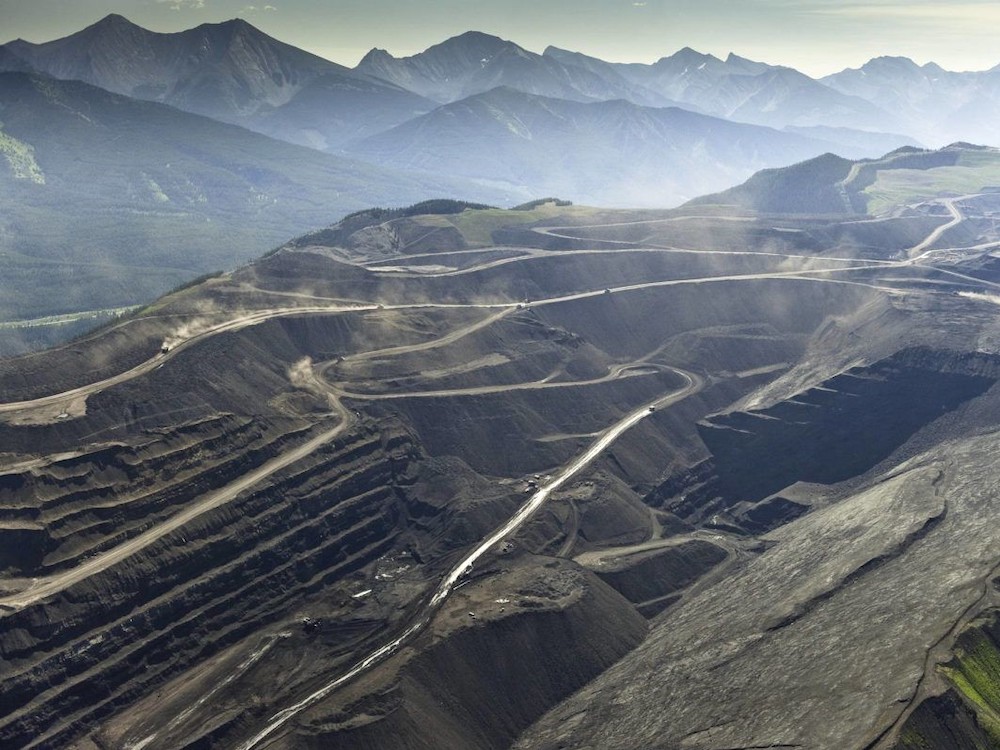

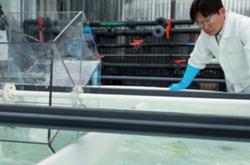






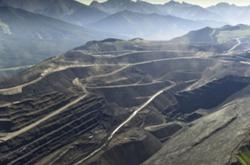
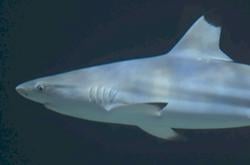
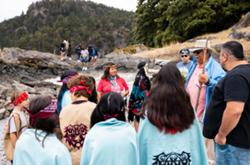
Tyee Commenting Guidelines
Comments that violate guidelines risk being deleted, and violations may result in a temporary or permanent user ban. Maintain the spirit of good conversation to stay in the discussion and be patient with moderators. Comments are reviewed regularly but not in real time.
Do:
Do not: